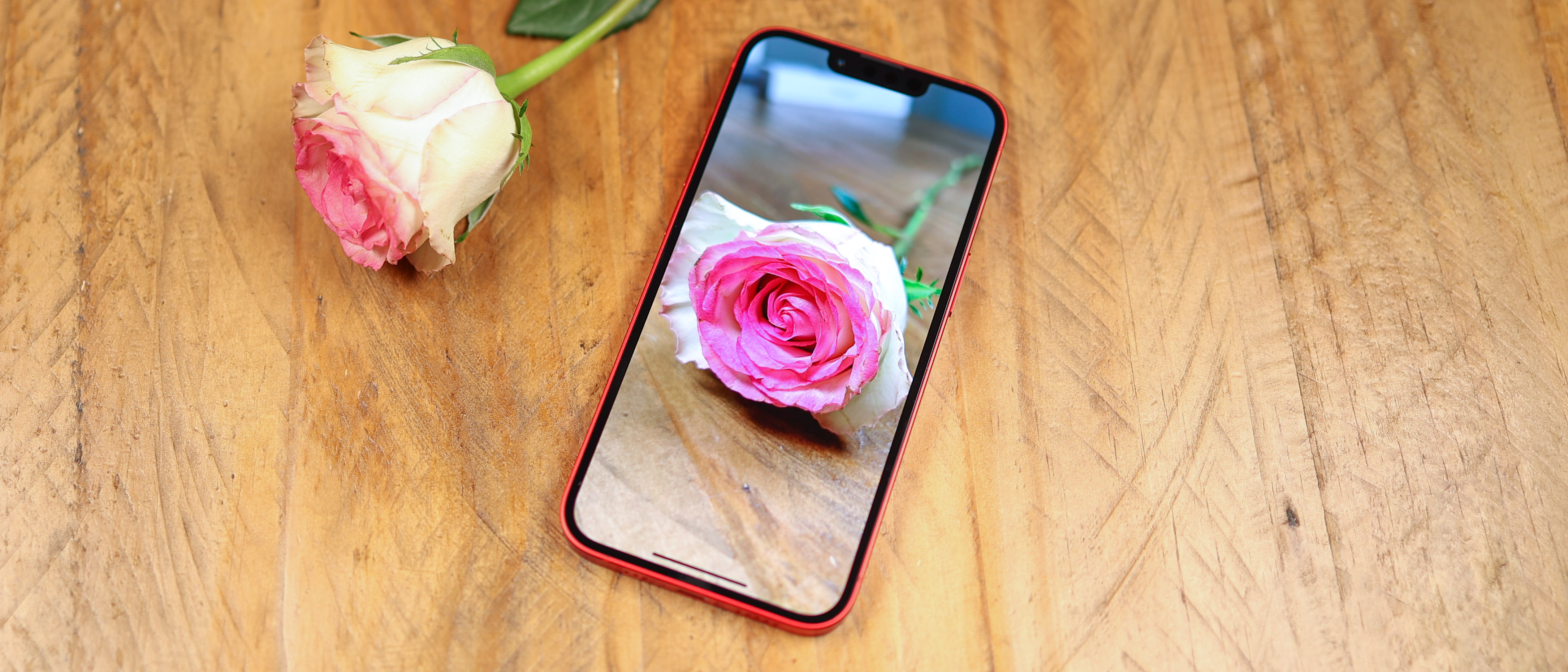Our Verdict
If you're an Apple fan who's upgrading from an iPhone X or 11, the Apple iPhone 14 could be a smart choice, but if you have the more recent iPhone 12 or 13, you probably won't want to upgrade just yet. After all, the 14's main spec bumps won't be noticeable for most, even if it does deliver a reliably good experience, ample power, and a capable camera system.
For
- Premium design and water resistance
- Great speakers and sound tuning
- Fantastic app support
Against
- Very familiar styling
- Poor camera mix given high price
- Slow charging versus competition
Why you can trust Creative Bloq
There's very little new in the iPhone 14 versus the 13. It's got the same design, screen tech, processor, and, now the 13 series has been updated to iOS 16 – the same operating system too. So what's actually new this time around?
The new iPhone 14 brings crash detection to the line-up, which is obviously a helpful feature should you be unlucky enough to need it. It also supports satellite communication in case of emergencies, as well as slightly smaller bezels surrounding the screen, improved repairability, and heat management. Most notably, however, the 14 has new camera sensors, which should mean better images, as well as a new Action Mode when shooting video.
But even the camera update isn't particularly noteworthy this year on paper, though. The iPhone 14's main camera is still a 12MP system with the same photo processing as the iPhone 13, and most of the same capabilities.
Costing £849, while the iPhone 13 costs £749 – or significantly less refurbished or second-hand, can Apple's samey iPhone 14 really compete among the best smartphones today? And with Google's Pixel 7 Pro also costing £849, whose camera is far superior, can the 14 stack up to the non-iPhone competition?
iPhone 14 review: Design
Set the iPhone 13 and 14 alongside one another, and to the naked eye, there's absolutely no difference between the two phones' designs. They're glass and metal sandwiches, with Corning glass on the back and front, and aluminium frames.
They're also virtually the same weight – 172g (iPhone 14) versus 174g (iPhone 13), and they sport the same dimensions, button placement and camera formation. So far, so what?
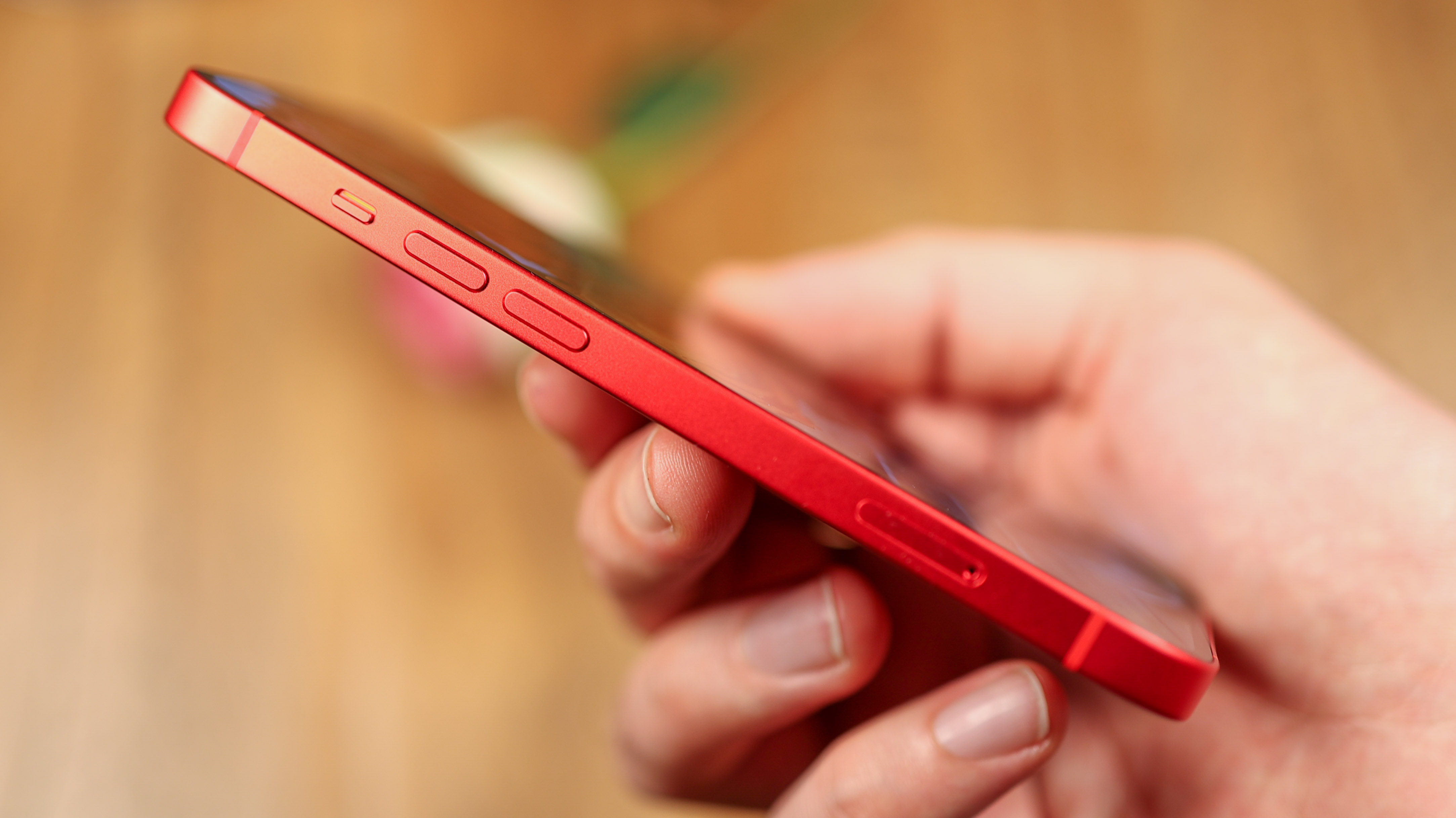
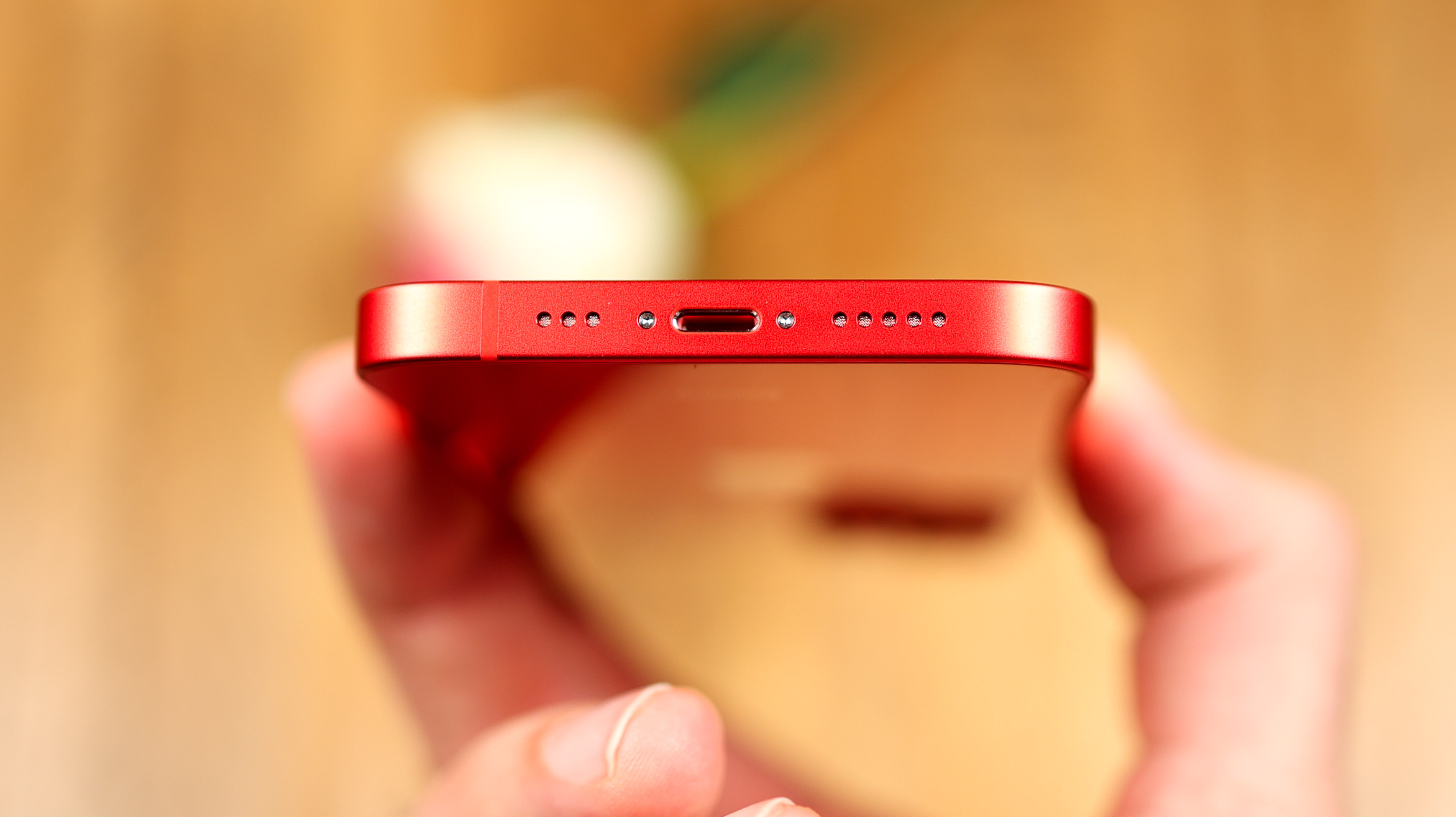
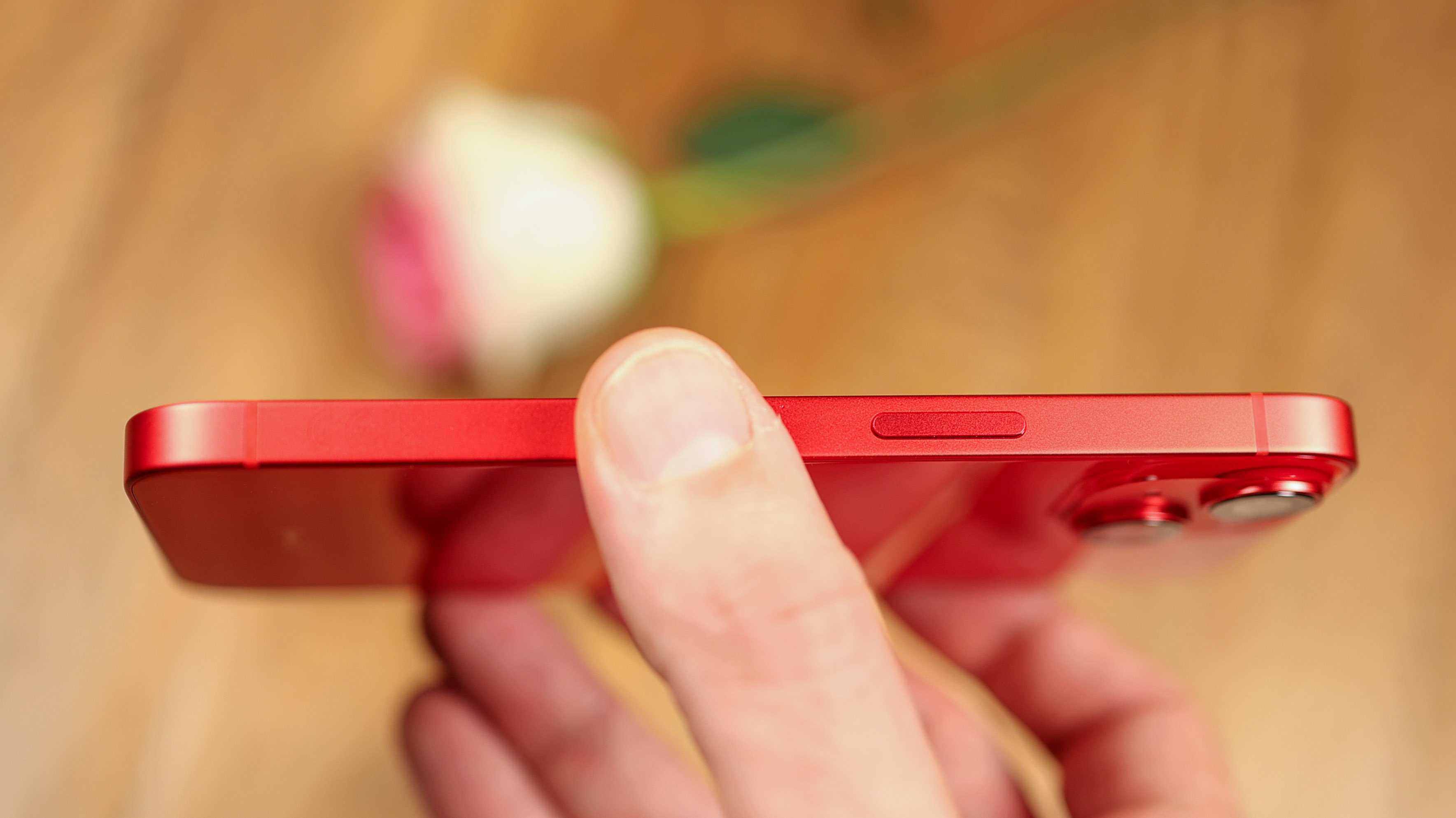
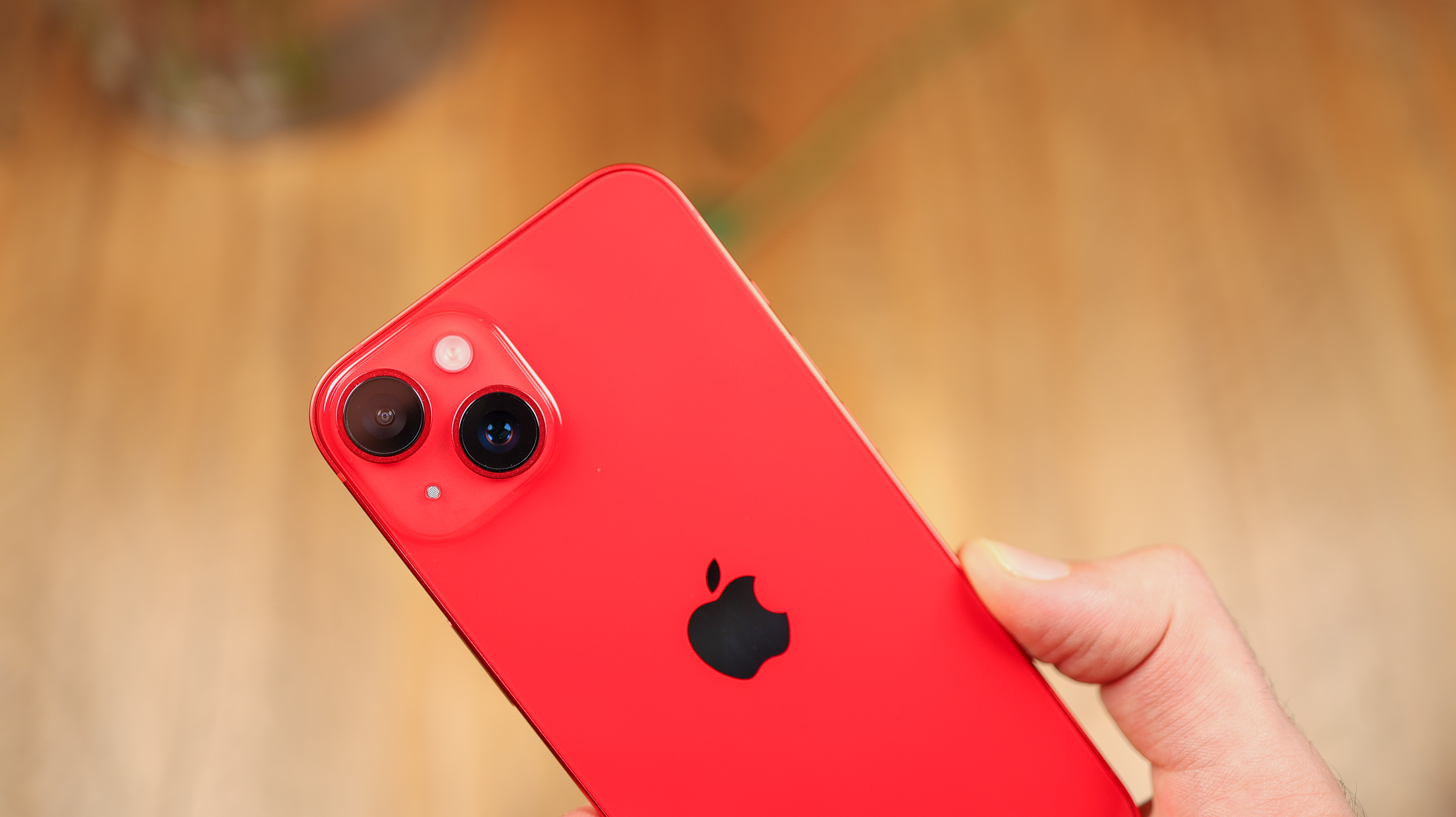
So while the 14 Pro gets a bigger camera bump – literally and spec-based, and its new Dynamic Island is a standout design element, the iPhone 14 looks so similar to the 13 that you can use the two phones' cases interchangeably thanks to identical button placement.
That means the phone has a power button on the right, a lightning connector at the base, and volume buttons on the left side, along with a notification slider. With dual speakers – one on the top and one on the bottom of the iPhone, it brings back stereo sound, and there's a SIM card tray on the left side if you're outside the US. If you're in the US, then you have to settle for eSIM, so don't be alarmed if you don't see a SIM card slot.
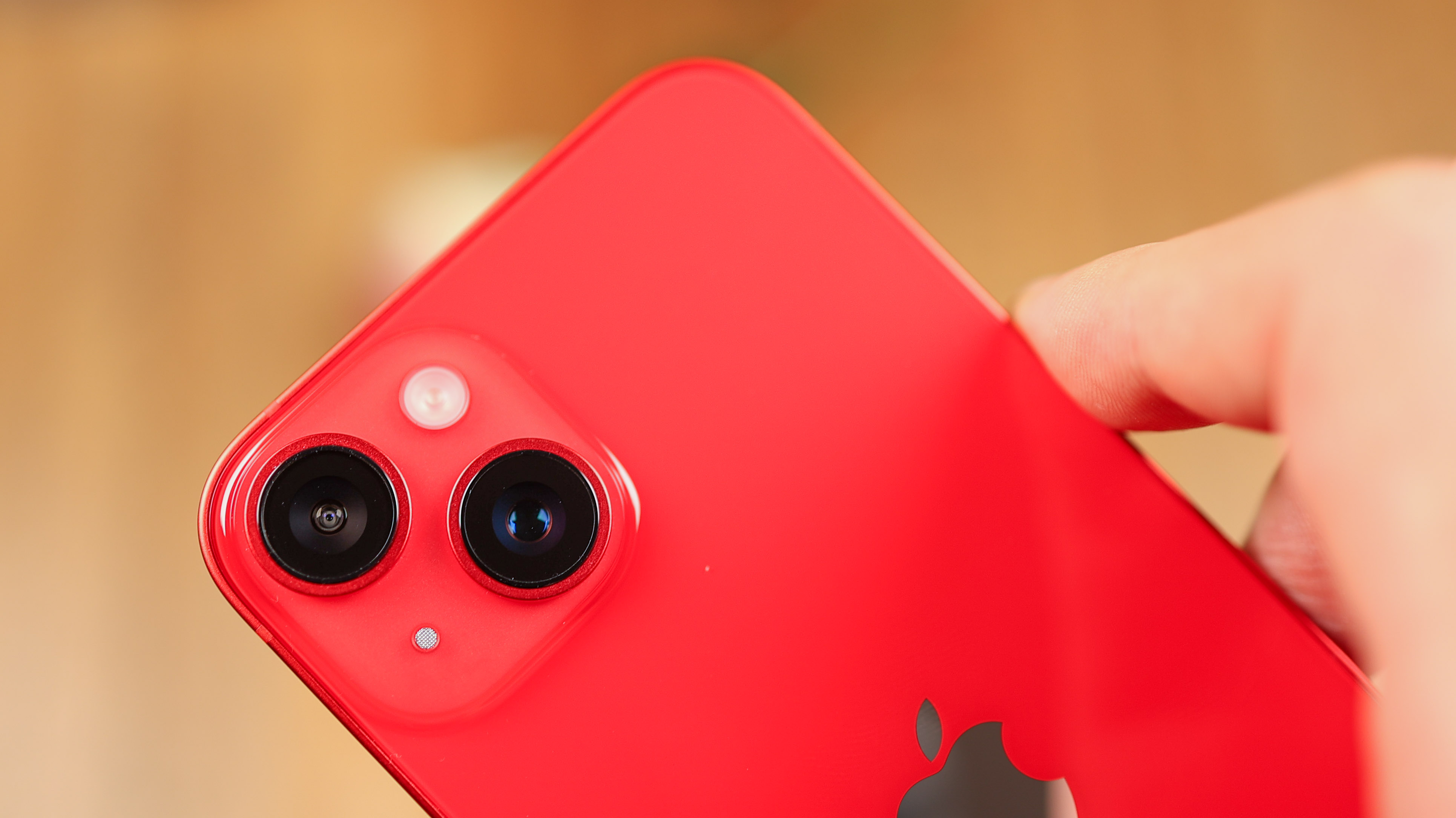
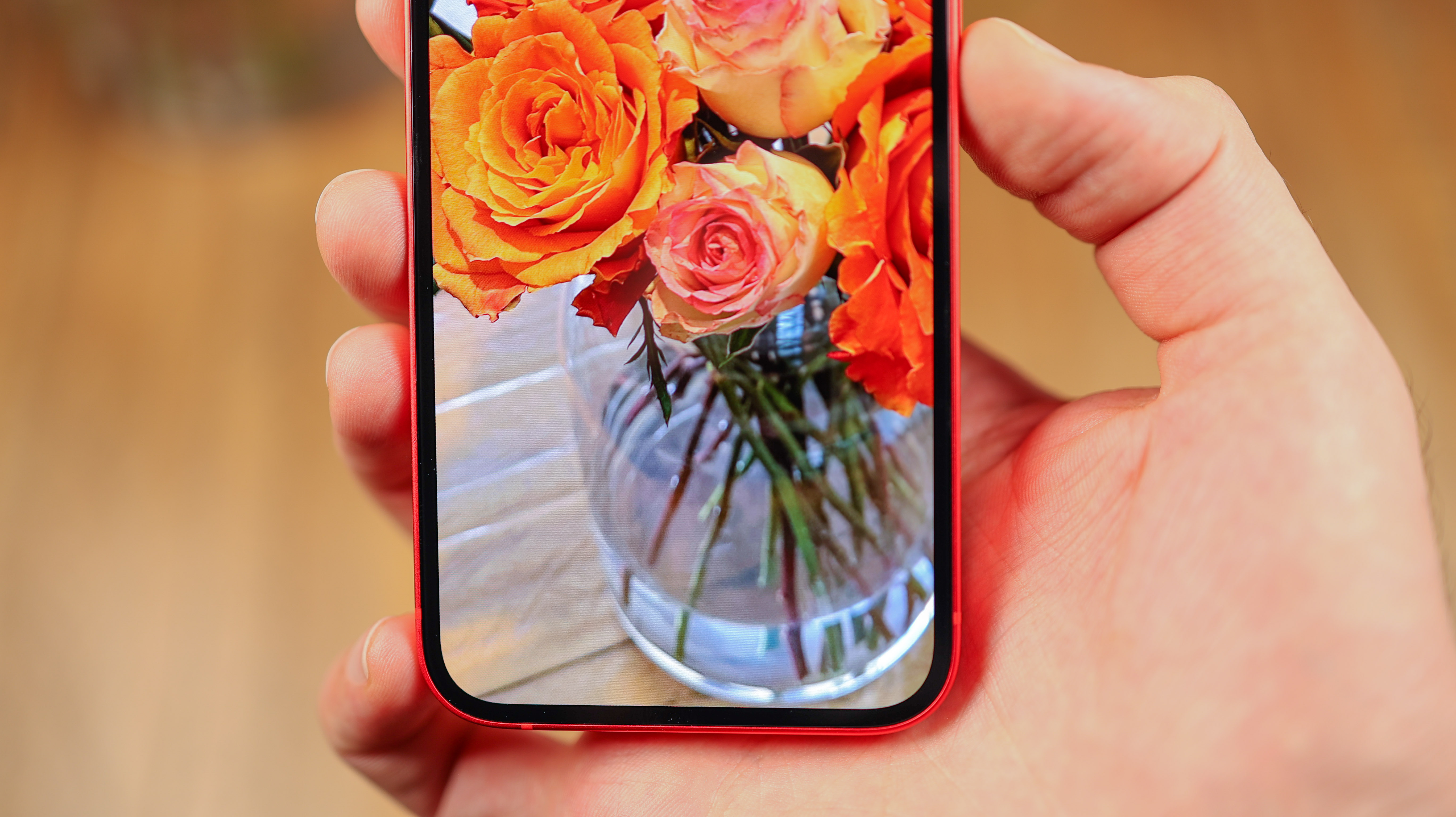
To say there are no other design updates isn't exactly fair to Apple, though. The iPhone 14 introduces a baby-blue colour to the line, similar to that introduced to the 13 Pro line last year. That means colour options are Midnight, Purple, Starlight, Red and Blue. We tested the Red version, which looks premium and striking, and is available either from Vodafone in the UK or directly through the Apple store.
It's also worth noting, you'll likely want to pick up both a case and a screen protector for your new iPhone 14. The polished back picks up tiny scratches relatively easily, as does the display. A couple of these won't be noticeable, but over time, the premium styling will seem like a distant memory if you don't. After all, iPhones hold onto their value better than any other brand of phone – if they're well taken care of.
Another reason a case and screen protector make sense is that there are a number of recycling schemes to help you responsibly upgrade, and these require your phone to be in good condition. They include Apple's trade-in program, O2 Phone Recycling, Three Recycle, and Vodafone's Buy-Back Guarantee.
iPhone 14 review: Screen
Just like the iPhone 14 Pro, the Apple iPhone 14 has a 6.1-inch screen, making it relatively pocket-friendly, especially compared to some similarly priced Android phones like the Pixel 7 Pro, with its 6.7-inch display. Being pocketable is great, but the iPhone 14 doesn't pack best-in-class screen specs.
Starting with the good, and just like the Pro and most phones over £400, the iPhone 14 uses OLED screen technology, which is generally known to feature richer contrast, deeper, inkier blacks and zingier, punchier colours. The iPhone 12 and earlier use LCD tech. That isn't bad in itself – Apple's screens always look good. But the fact is, if you upgrade from LCD to OLED, you'll notice the difference.
The iPhone 14's screen is also sharp, with 460 pixels in every inch and a resolution of 1170 x 2532. It's one of the better-quality displays from a colour balance point of view, and it showcases excellent viewing angles. It also gets bright at 1200 nits.
While the iPhone 14 Pro's screen is silky smooth at 120Hz, the iPhone 14's refresh rate is just 60Hz. The £400 Nothing Phone (1) has a 120Hz refresh rate with AMOLED screen tech despite costing less than half the price, so if you want the very best value screen experience around, this isn't it. That said, it definitely isn't a bad screen by any measure.
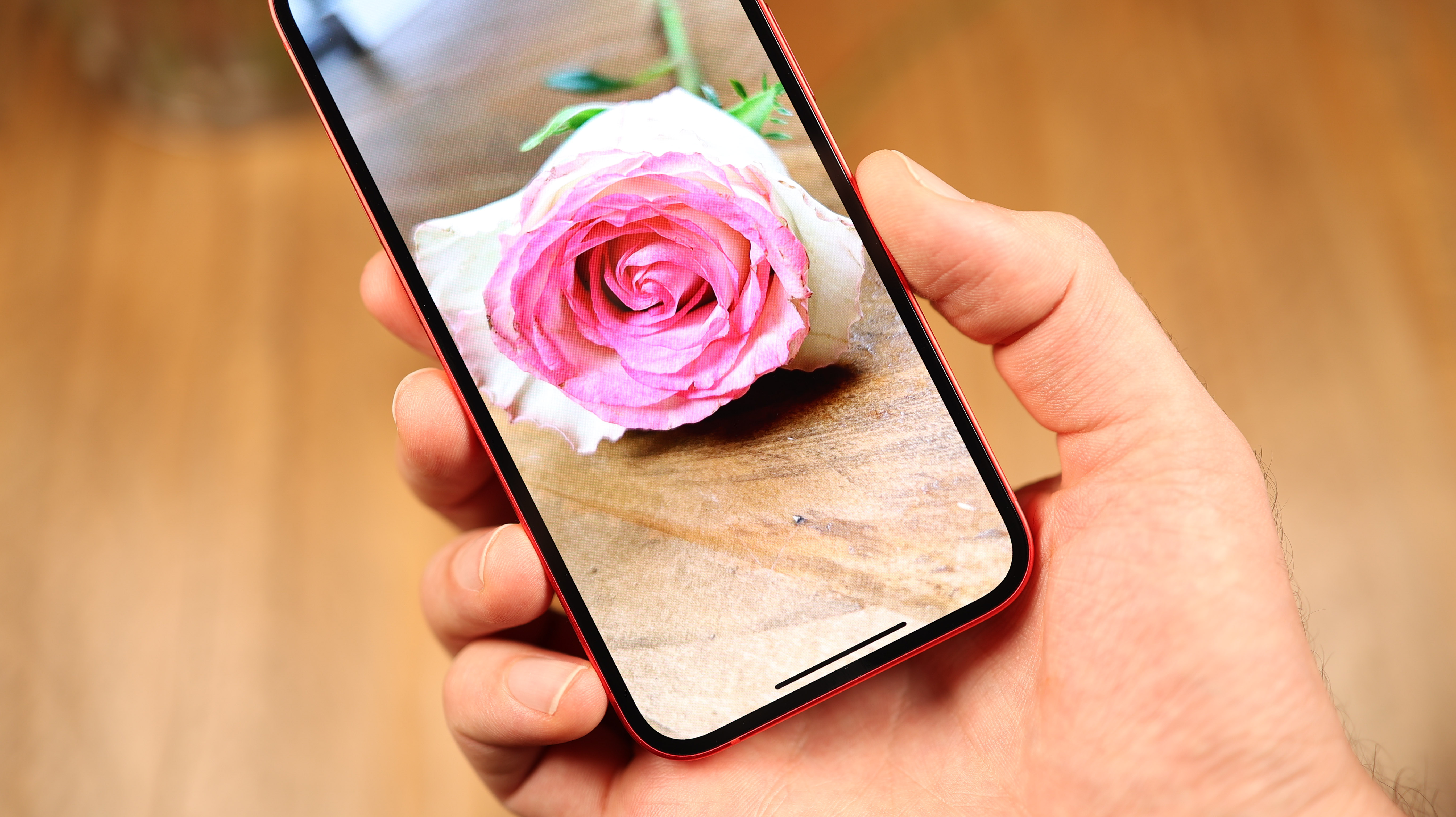
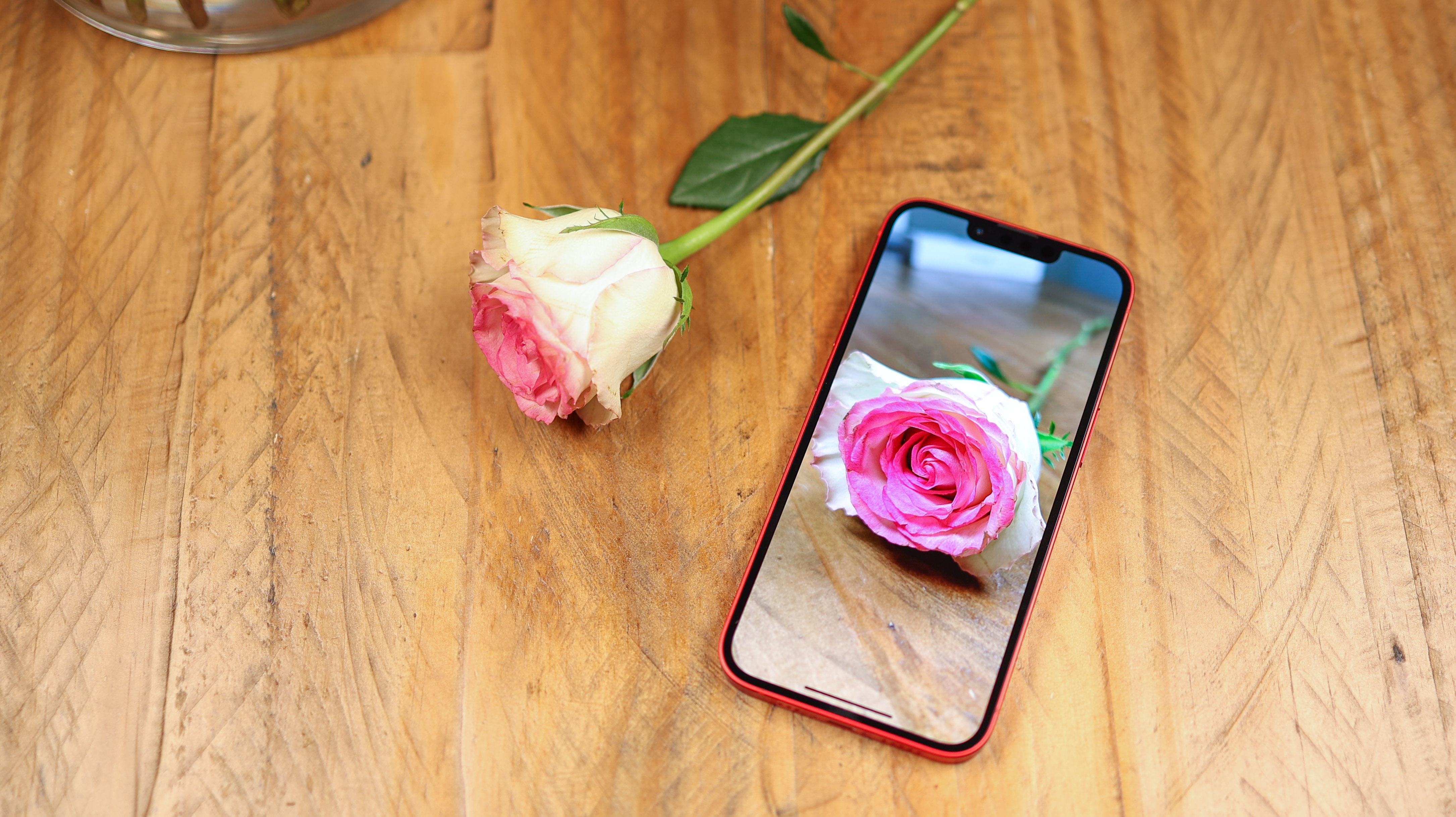
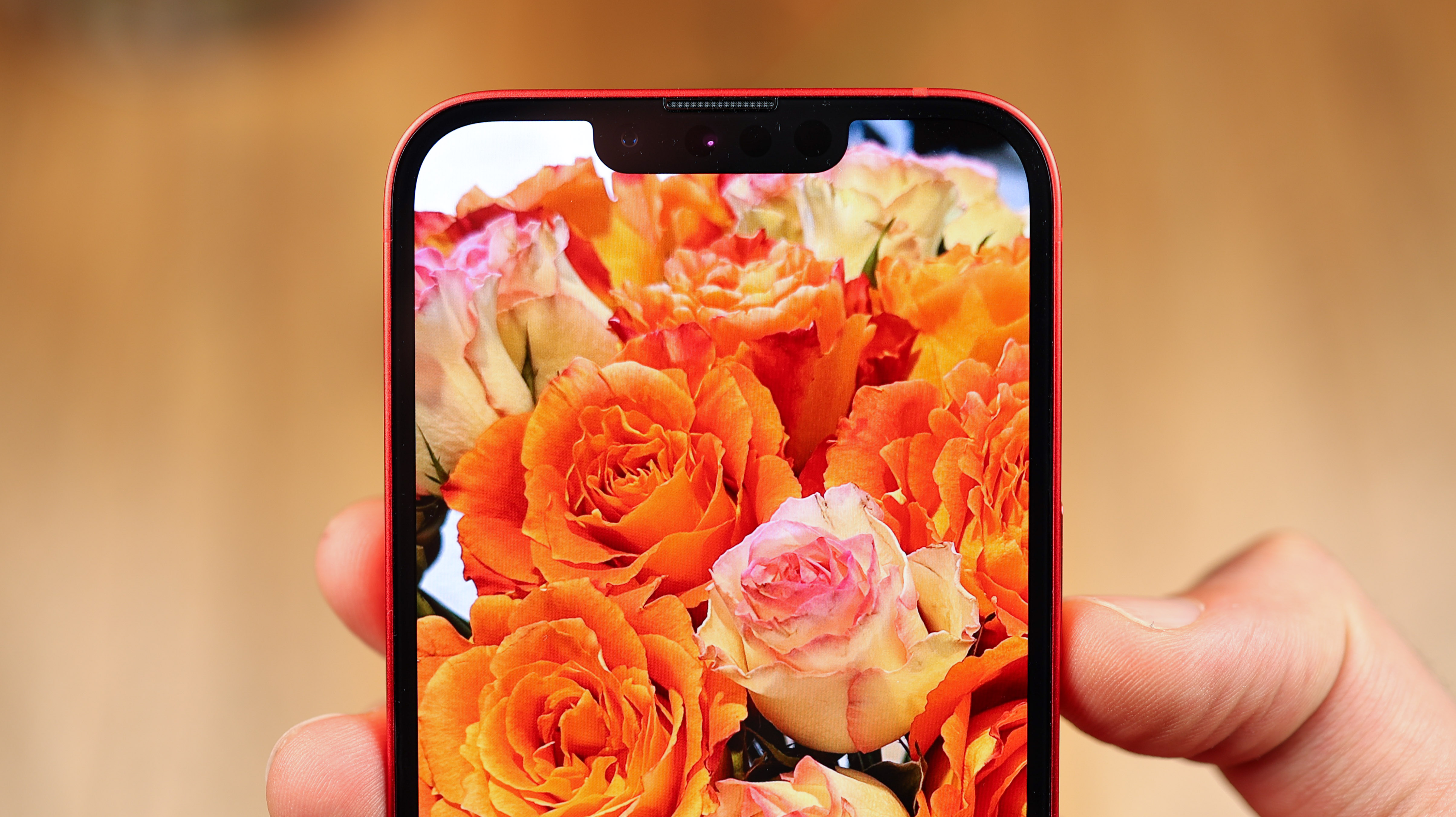
iPhone 14 review: Performance and interface
Starting with the new features we couldn't test, the iPhone 14 is able to communicate with satellites when there's a broad clearing around you. This feature is geared towards adventurers who might find themselves out in the wilderness without a cellular signal. With satellite communication, you can still communicate with emergency services, and that could be a lifesaver.
The 14 also features crash detection, so can send an alert if you've been in a collision. Your phone will give you a window to cancel the automatic feature, and if you don't, it will call emergency services.
Running iOS 16, the new iPhones bring plenty of fun and useful flourishes that are available on all iPhones with the latest update. You can now use Apple's Fitness+ service even if you don't have an Apple Watch, for example. iPhone lock screens are now also customisable, so can feature widgets, a range of typefaces, and layer elements in front of and behind a foreground object in an image.
As has been the case for years, iOS also promises fantastic app support, and you can enjoy high-quality, creative apps like Lumafusion on the iPhone 14 without any slowdown.
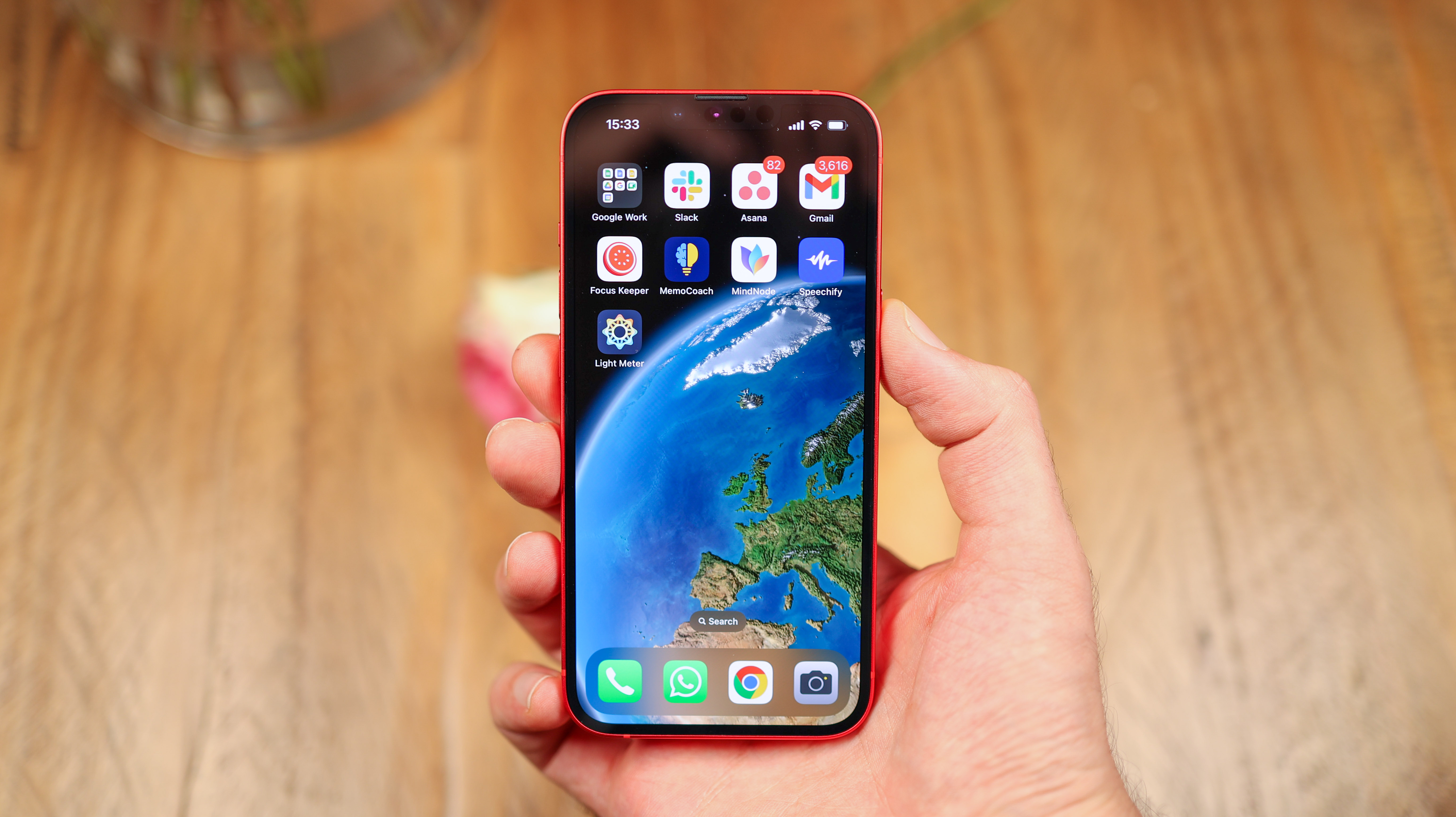
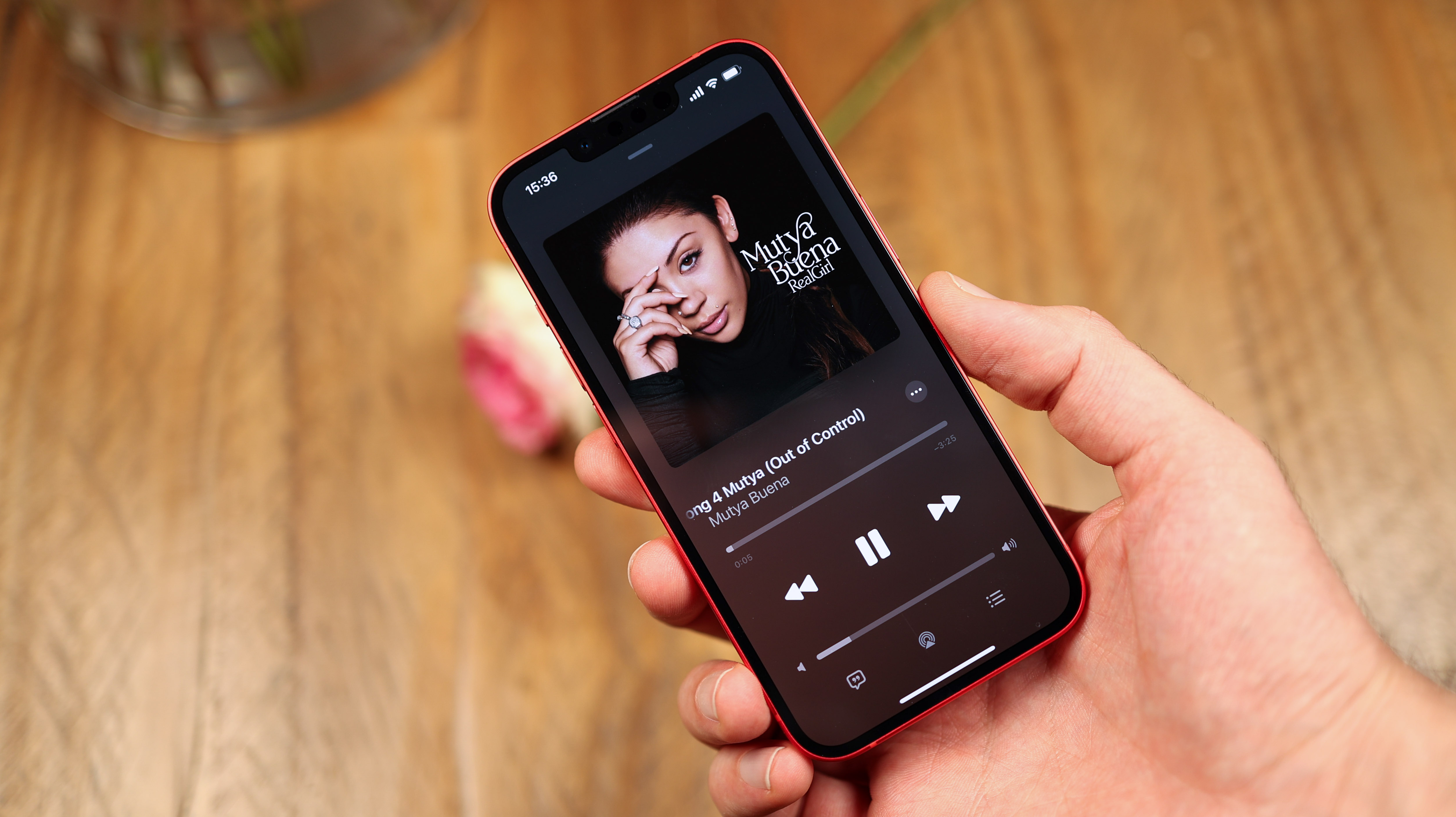
The iPhone 14 is powered by Apple's A15 Bionic chip. While that means the same power as the iPhone 13, only with slightly updated graphical performance, compared to most Android phones, that still means competition-beating gaming and speed, and with storage ranging from 128GB (£849) through to 512GB (£1,179), the phones should pack plenty of space for files and photos.
Although many thought Apple was going to ditch the lightning connector in favour of a USB-C port, the new iPhone 14 series carries forward the proprietary charging tech for another year.
iPhone 14 review: Camera
The iPhone 14 features a standard and an ultra-wide camera, missing out on the zoom of the 14 Pro and 14 Pro Max.
Both cameras take reliably good shots, with smart computational photography at play to help compensate for mixed lighting and darker scenes. iPhones generally sharpen shots and boost dynamic range a fair bit, so manage to pull out plenty of detail from shadows and produce photos with crisp edges – and the iPhone 14 is no exception. As much as this will appeal to most, it probably won't appeal to photography purists who will want more natural-looking shots.
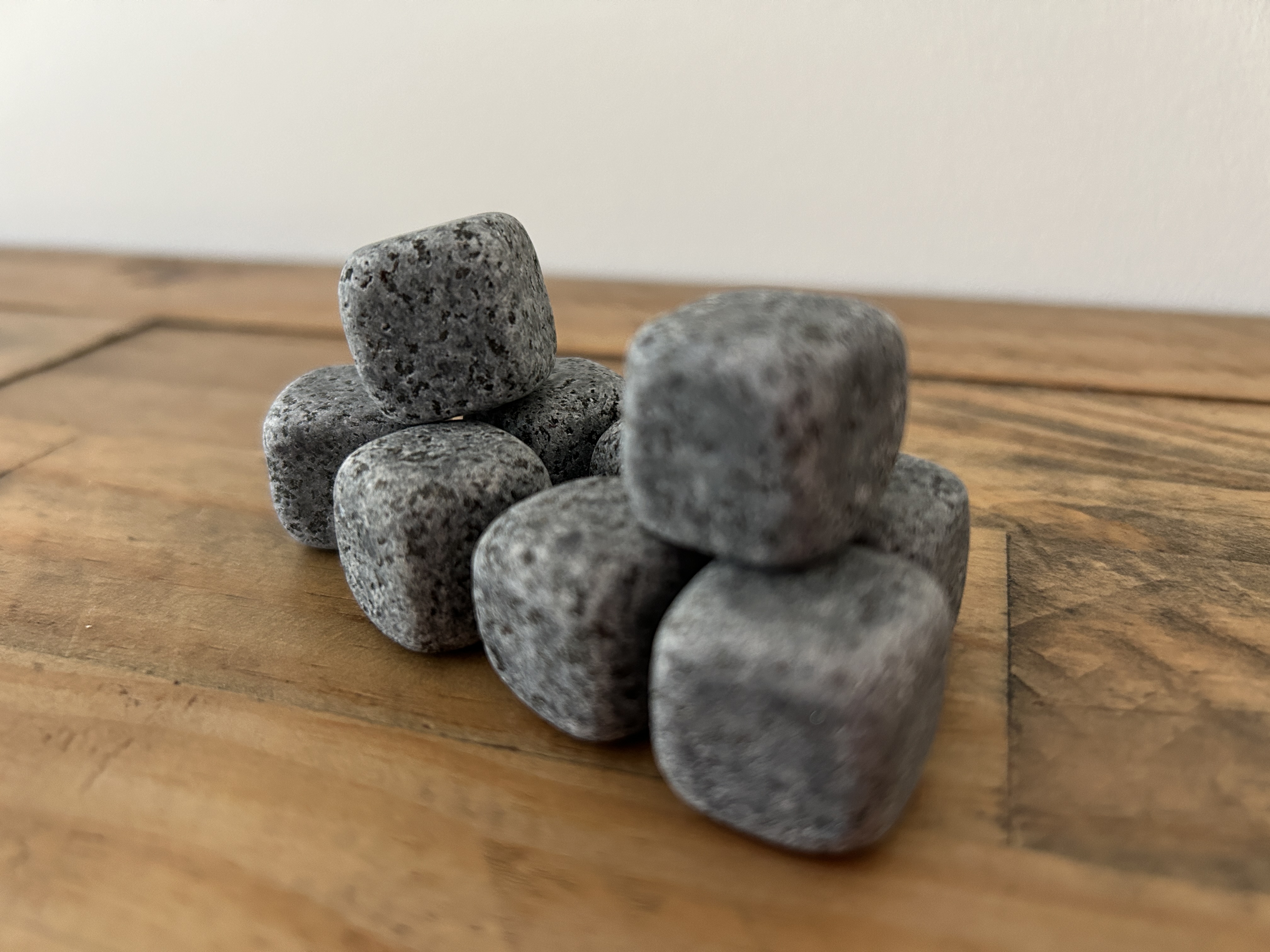
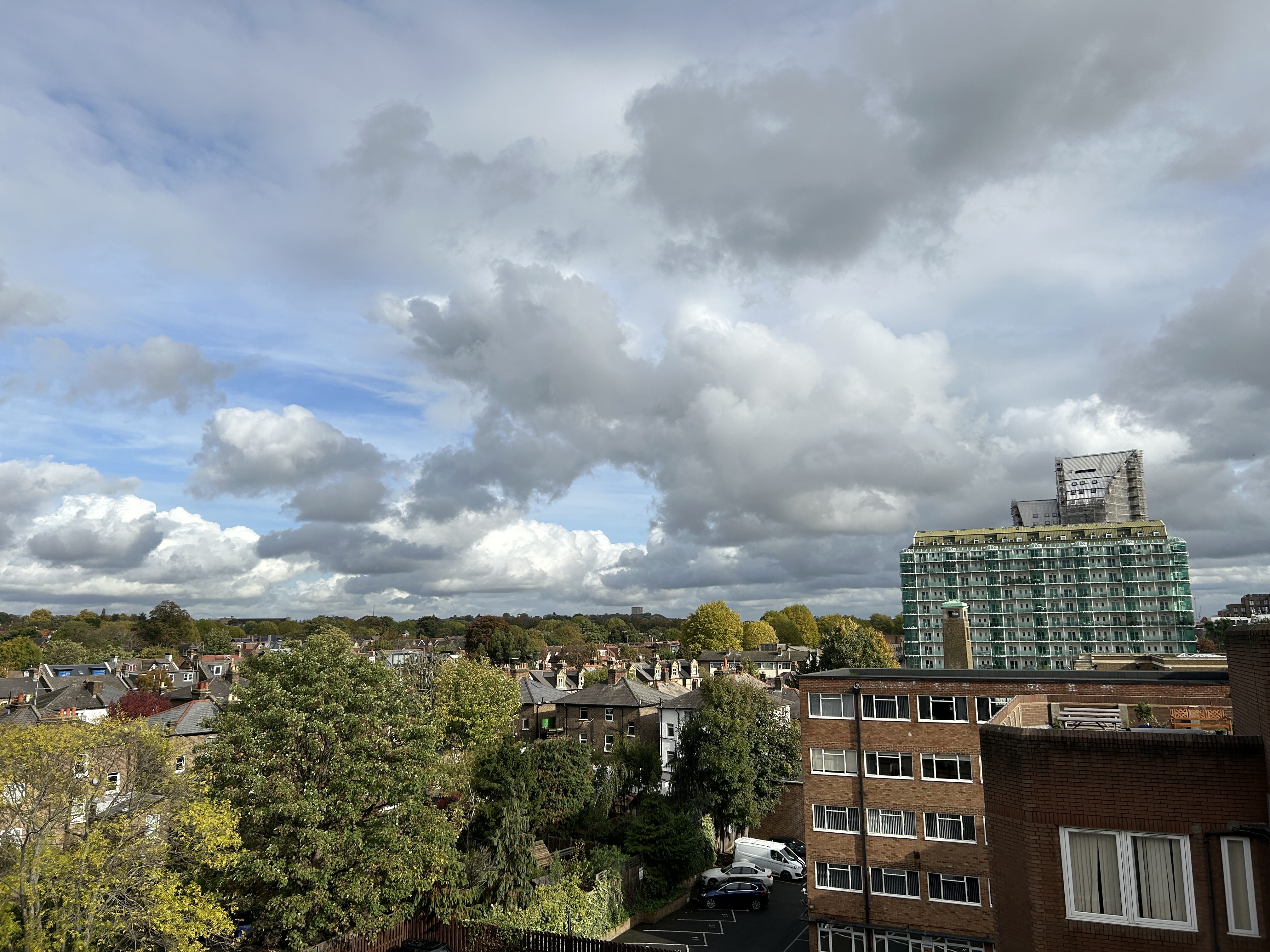
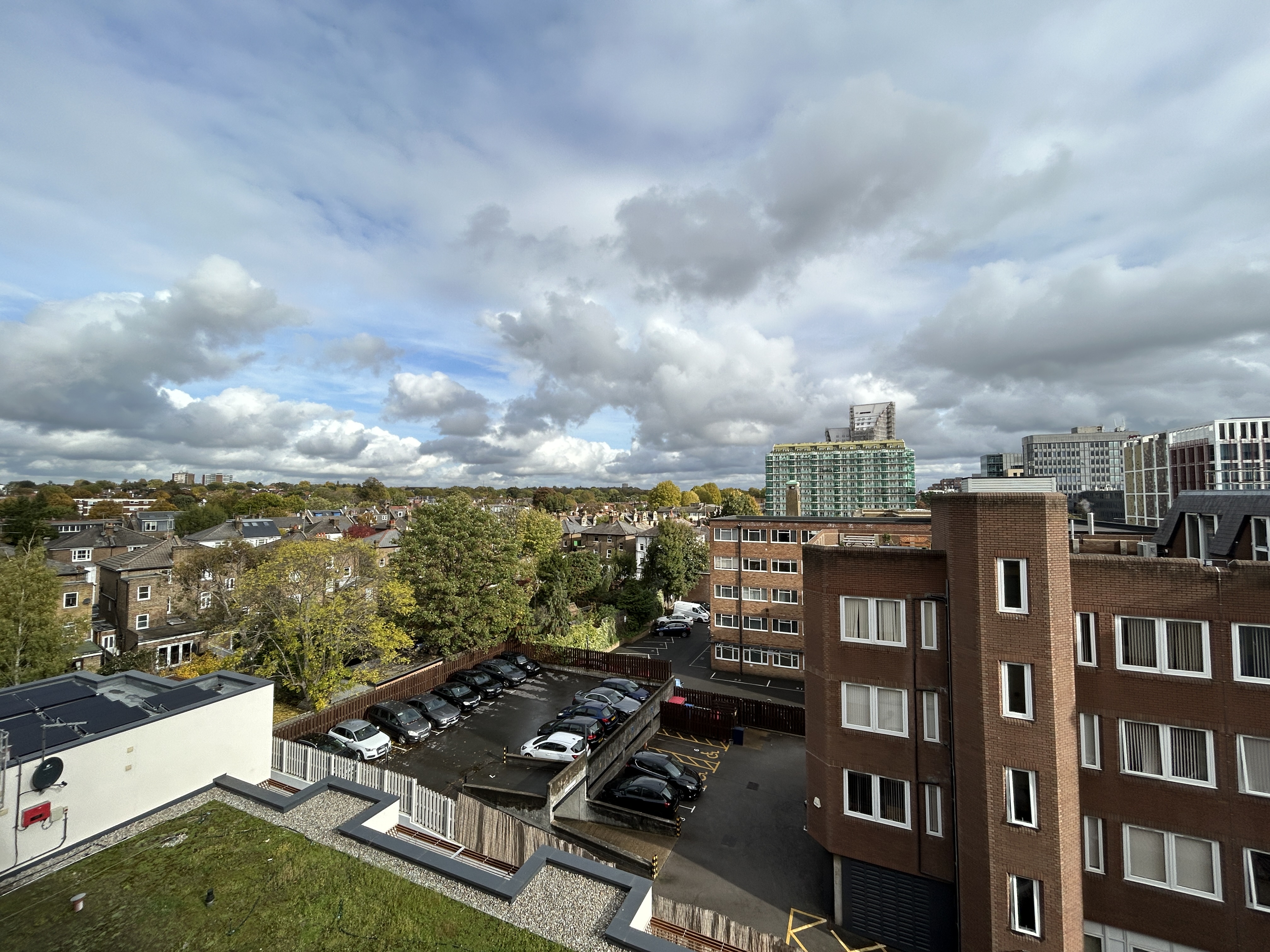
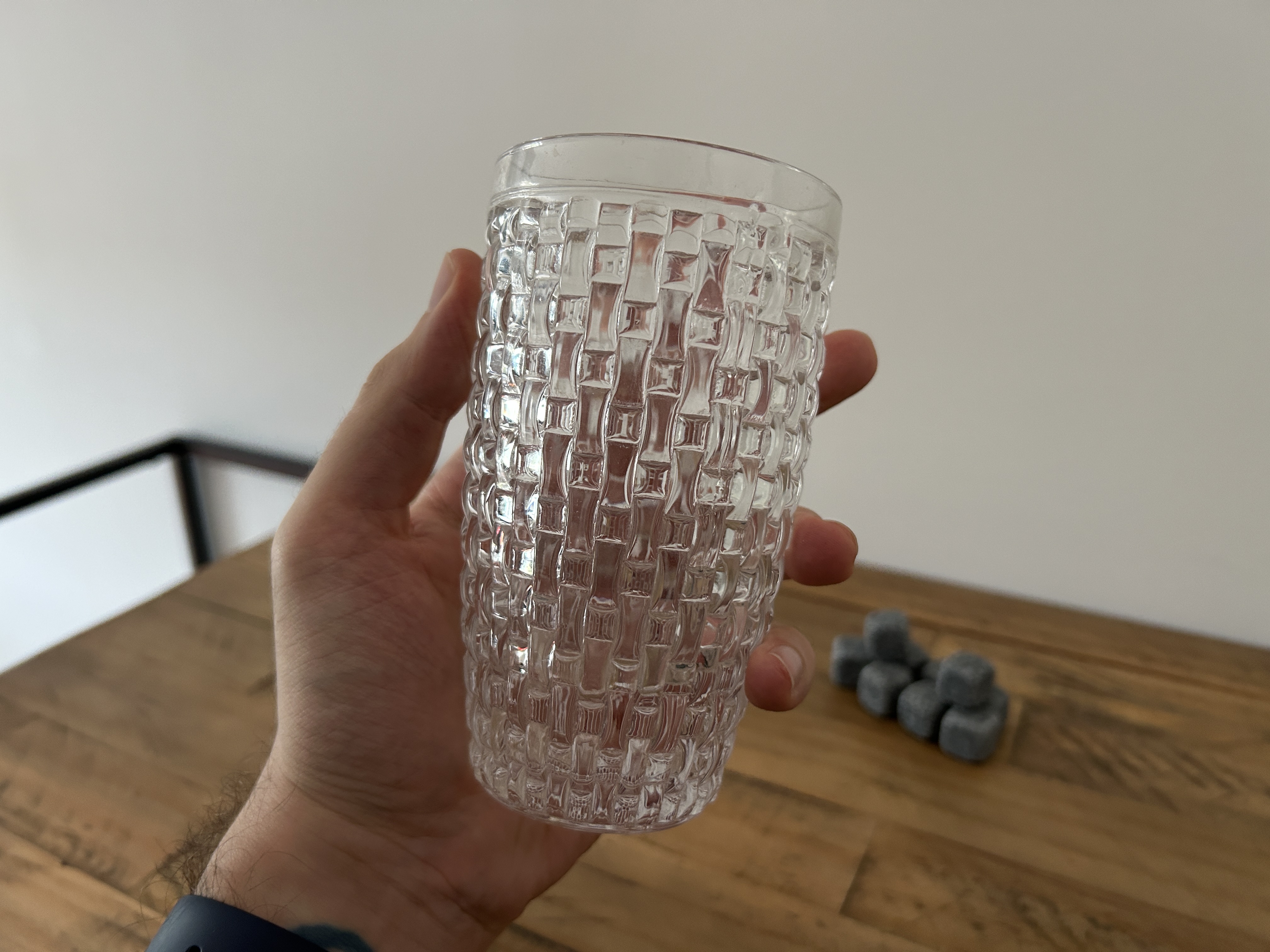
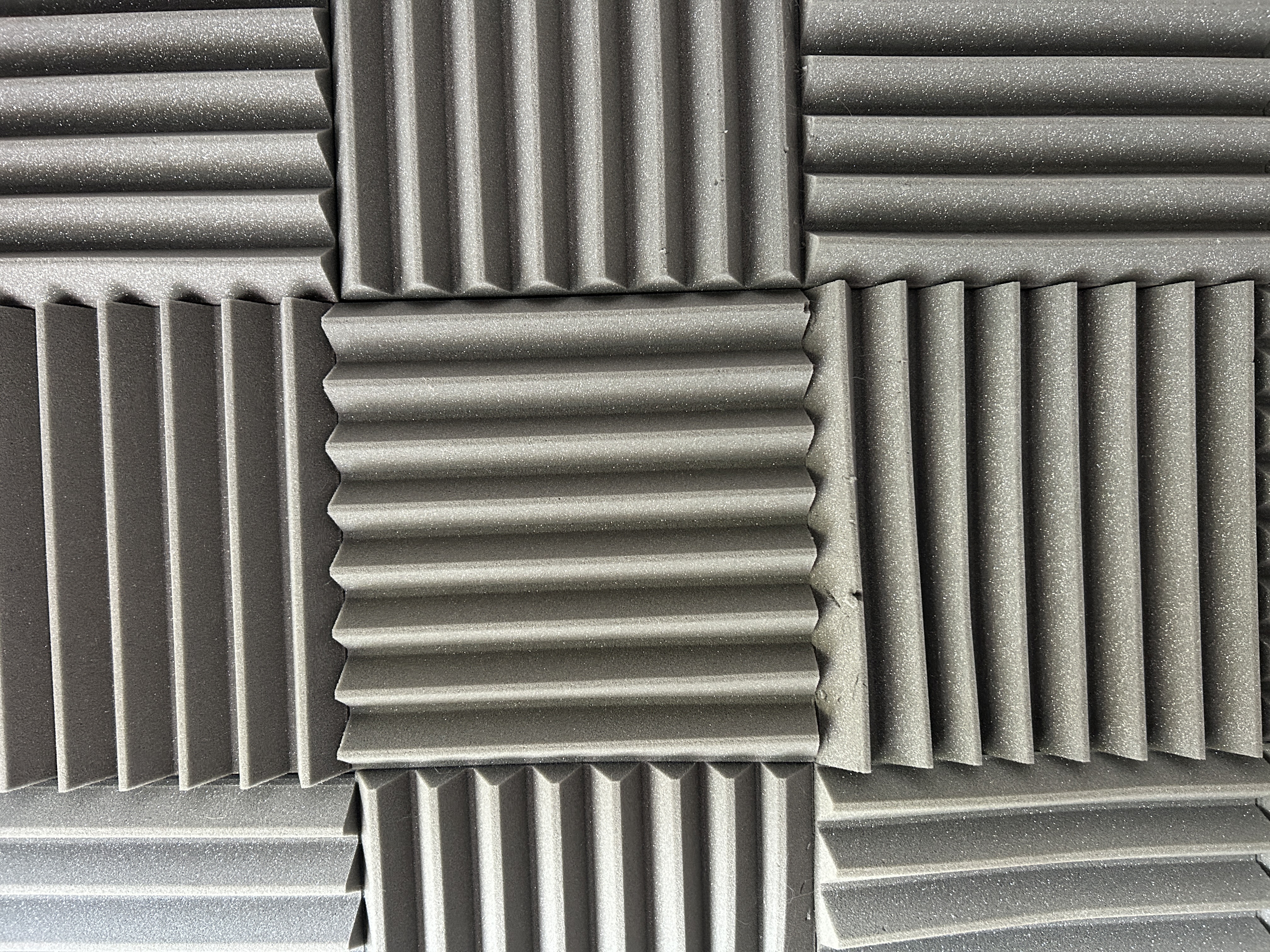
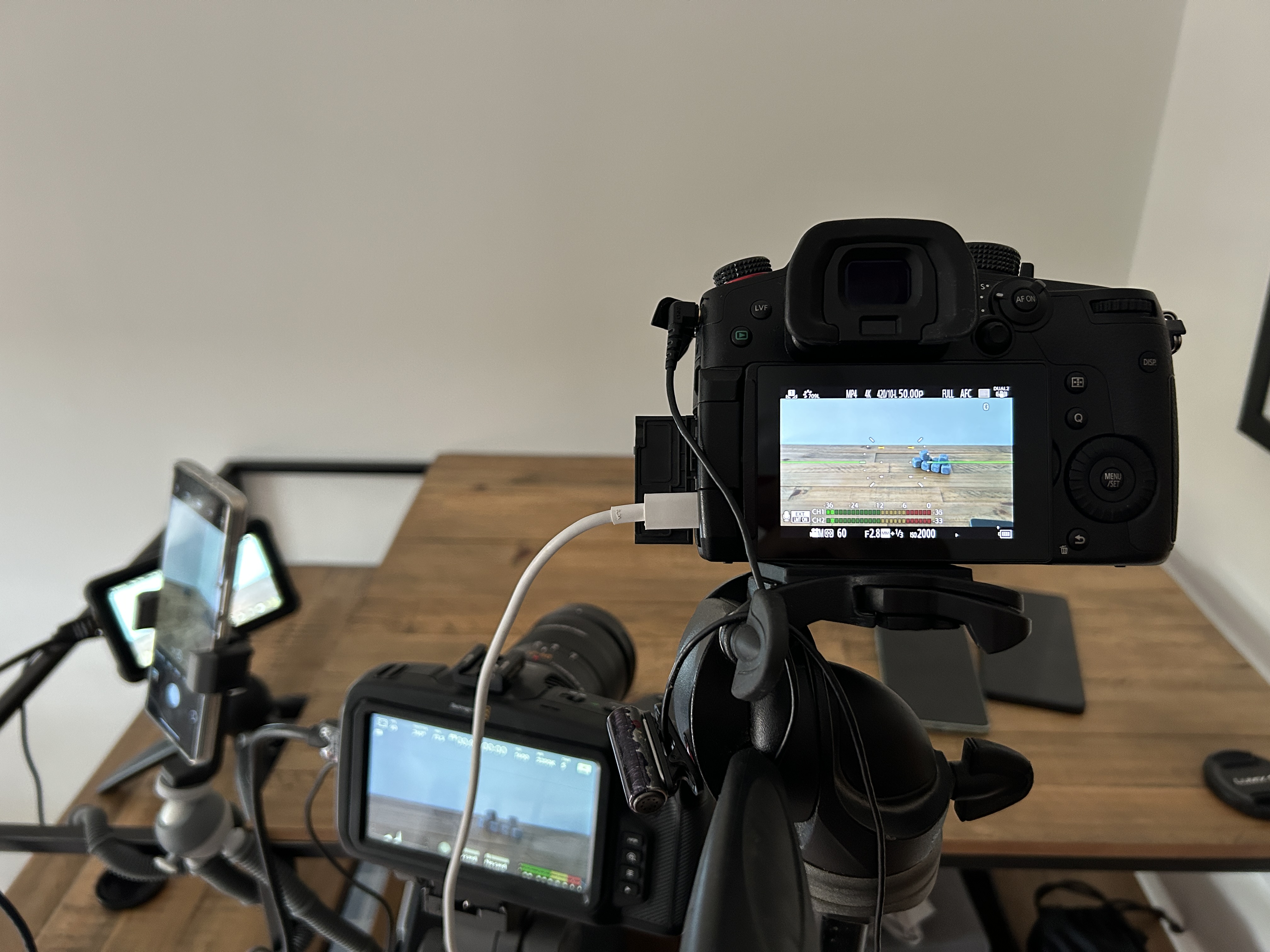
Frustratingly, Apple disables a few advanced features on the standard iPhone compared to the Pro, including RAW capture and Pro Res shooting. The iPhone 14 also misses out on close-up photography capabilities, with the omission of a macro-focusing ultra-wide camera.
The new Action Mode for video works across the vanilla 14 and 14 Pro alike. This launches the ultra-wide camera when activated and, like a GoPro, holds your footage very steady. Also, like a GoPro, it's miserable at handling low-light environments, but does a good job in bright scenes, especially when you switch from the ultra-wide to the main camera.
The iPhone 14 also gets Cinematic Mode, introduced on the 13 Pro, which captures portrait mode style video, and this is fun, though doesn't do a brilliant job of recognizing difficult elements like curly hair when blurring out the background.
Shooting video at up to 4K resolution, footage from the phone looks reliably good, just like photos, but at £849, can't compete with the identically priced Pixel 7 Pro, which features a dedicated zoom camera and superior photo processing.
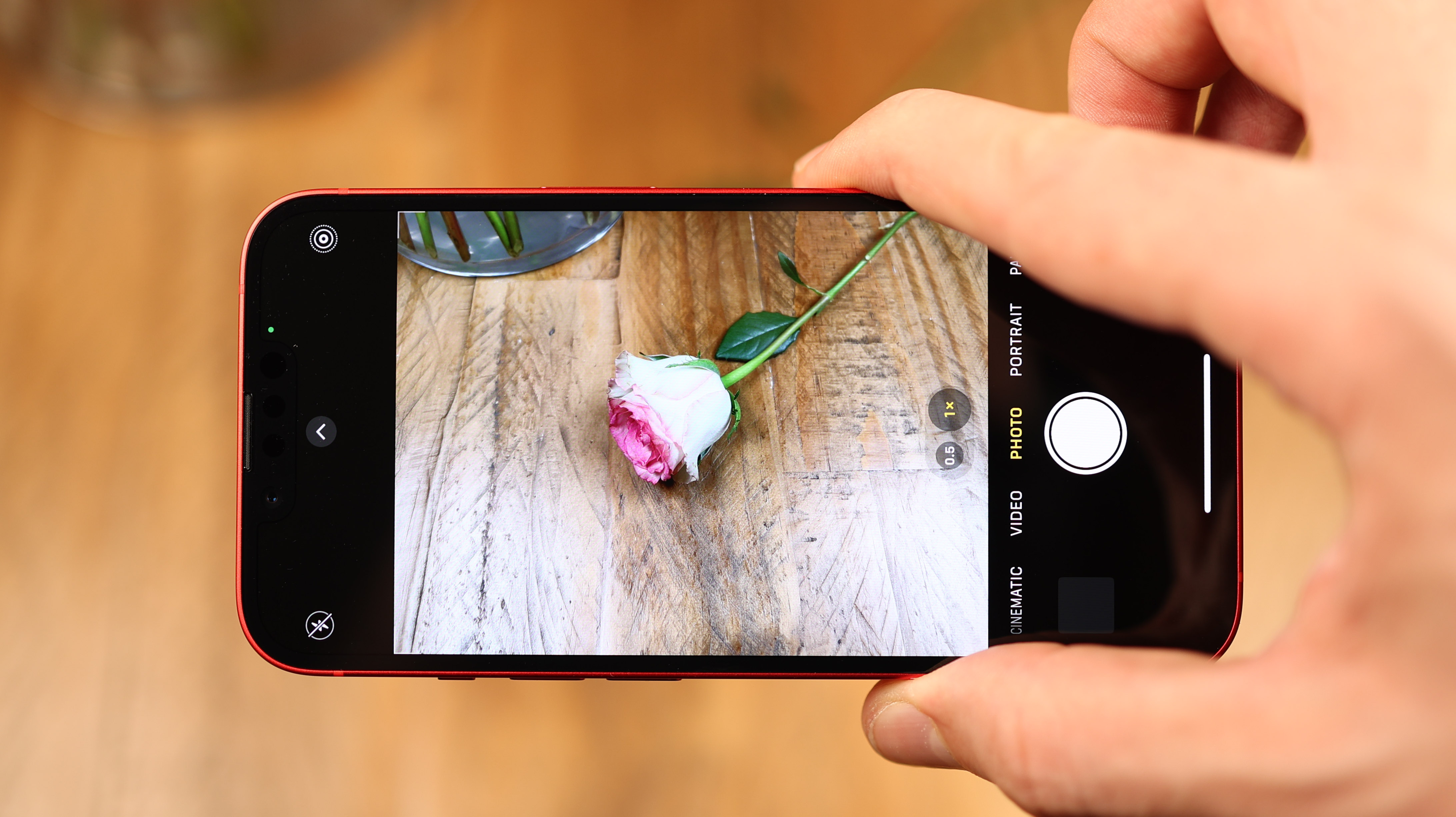
iPhone 14 review: Battery life and charging
The iPhone's battery can be charged up to 50% in 30 minutes if you use a 30W charger like the Anker Nano 3. The phone doesn't ship with a charger in the box, so you'll need to pick one up separately.
As for battery life, you'll easily get a full day out of it if you got a full day out of the 11, 12 or 13. A 30-minute show only drained the iPhone by around 3% with brightness set to 50%, so it will also easily make it through a long-haul flight as a primary media player.
Generally, we got to 10pm with about 15-20% left in the tank, and that's no bad thing given how much we used our phone.
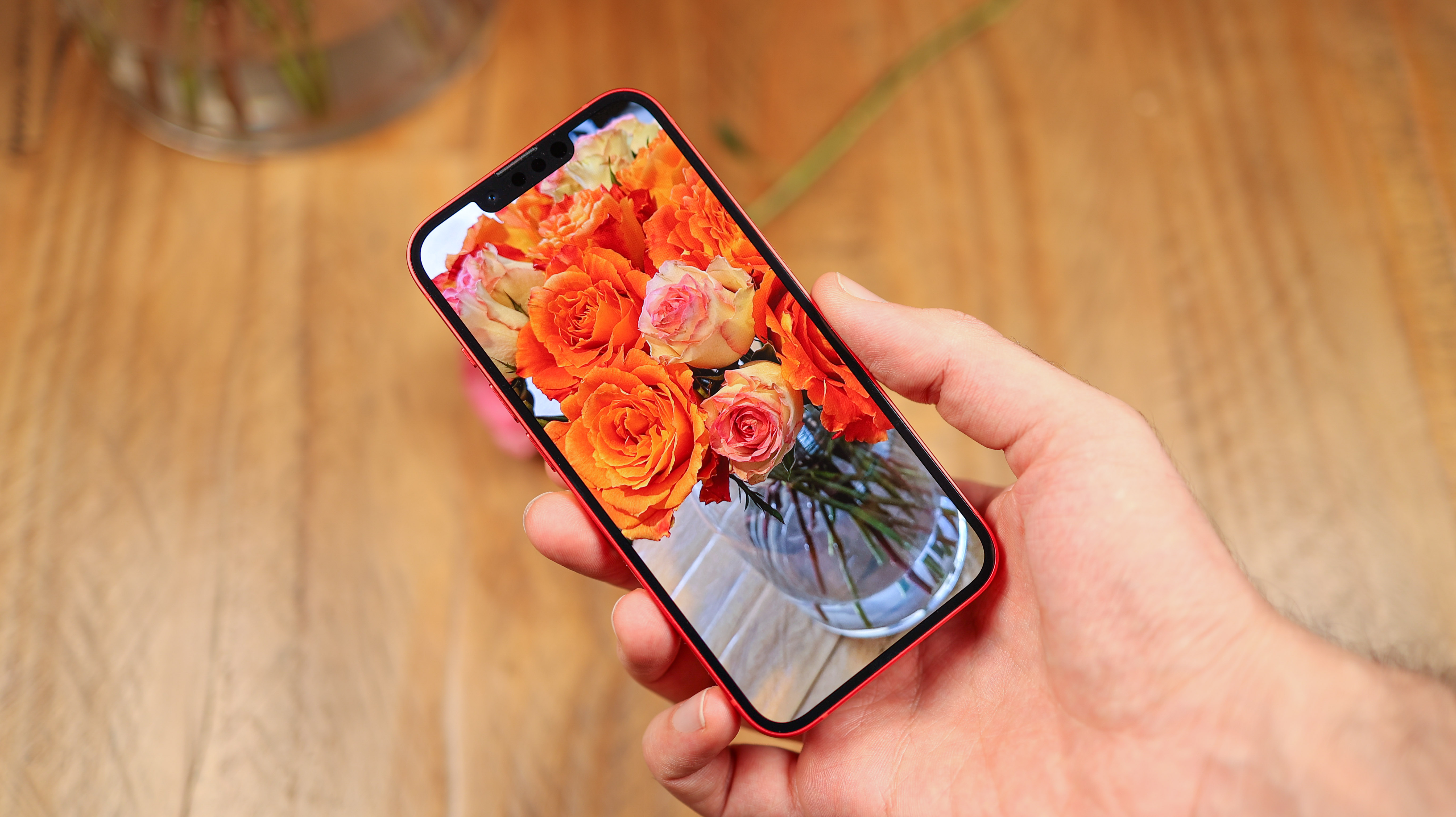
Should you buy the iPhone 14?
If you have an iPhone 12 or 13, you should probably hang tight on upgrading until the iPhone 15 launches, or consider picking up a 14 Pro if you're desperate to get a meaningful upgrade.
The iPhone 14 is better than the 13, but only just – and it's £100 more expensive, so you really do pay for the privilege of crash detection and satellite communication.
Despite any caveats, it's difficult to argue that the iPhone 14 isn't a good phone. It is. In fact, it's great at most things, but it doesn't feel like good value – especially when you look at what else is out there. In the Android camp, there's the Pixel 7 Pro, which is the same price despite sporting far superior camera capabilities. At £400, you could pick up a similarly styled, well-specced Nothing Phone (1).
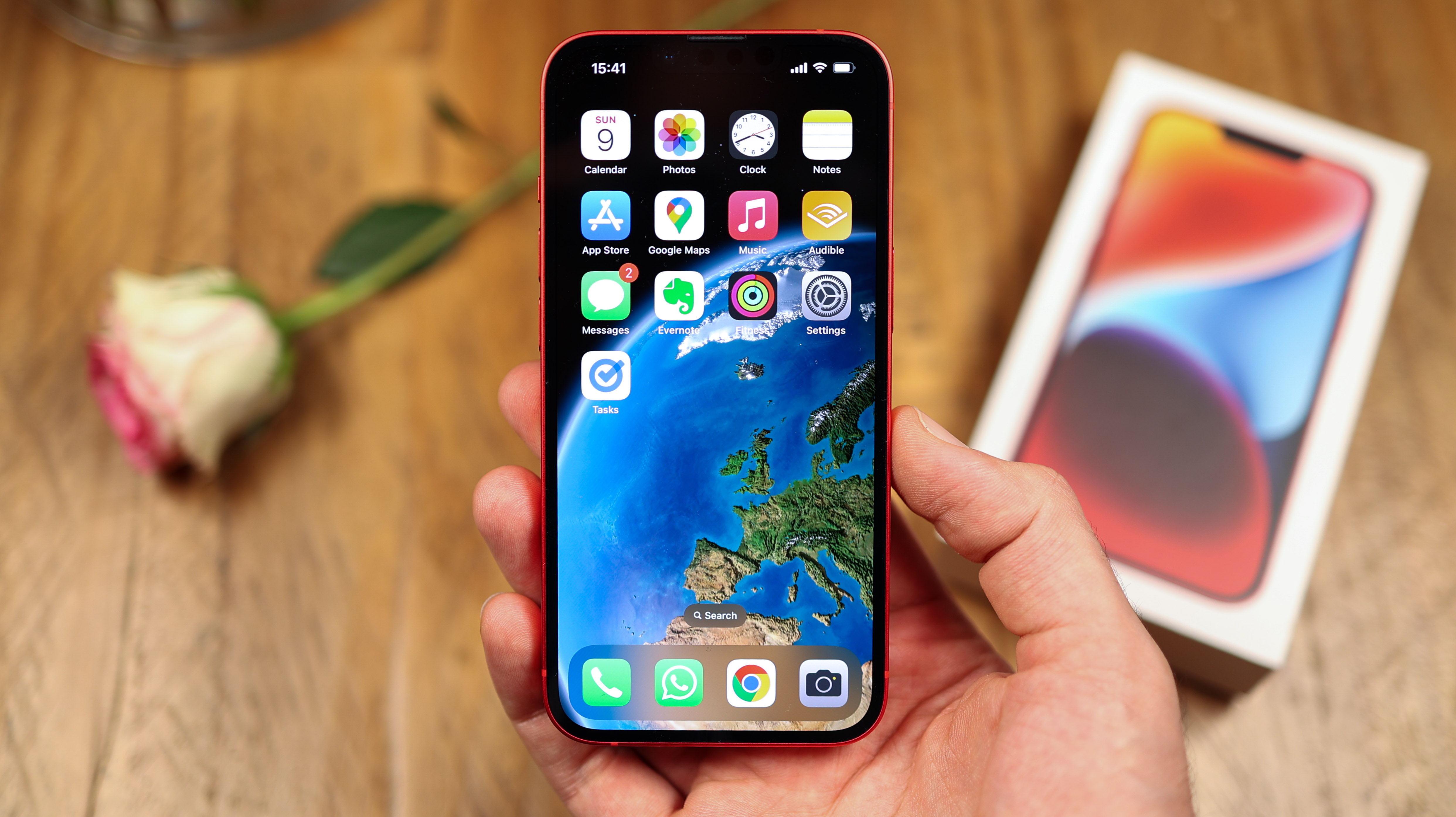
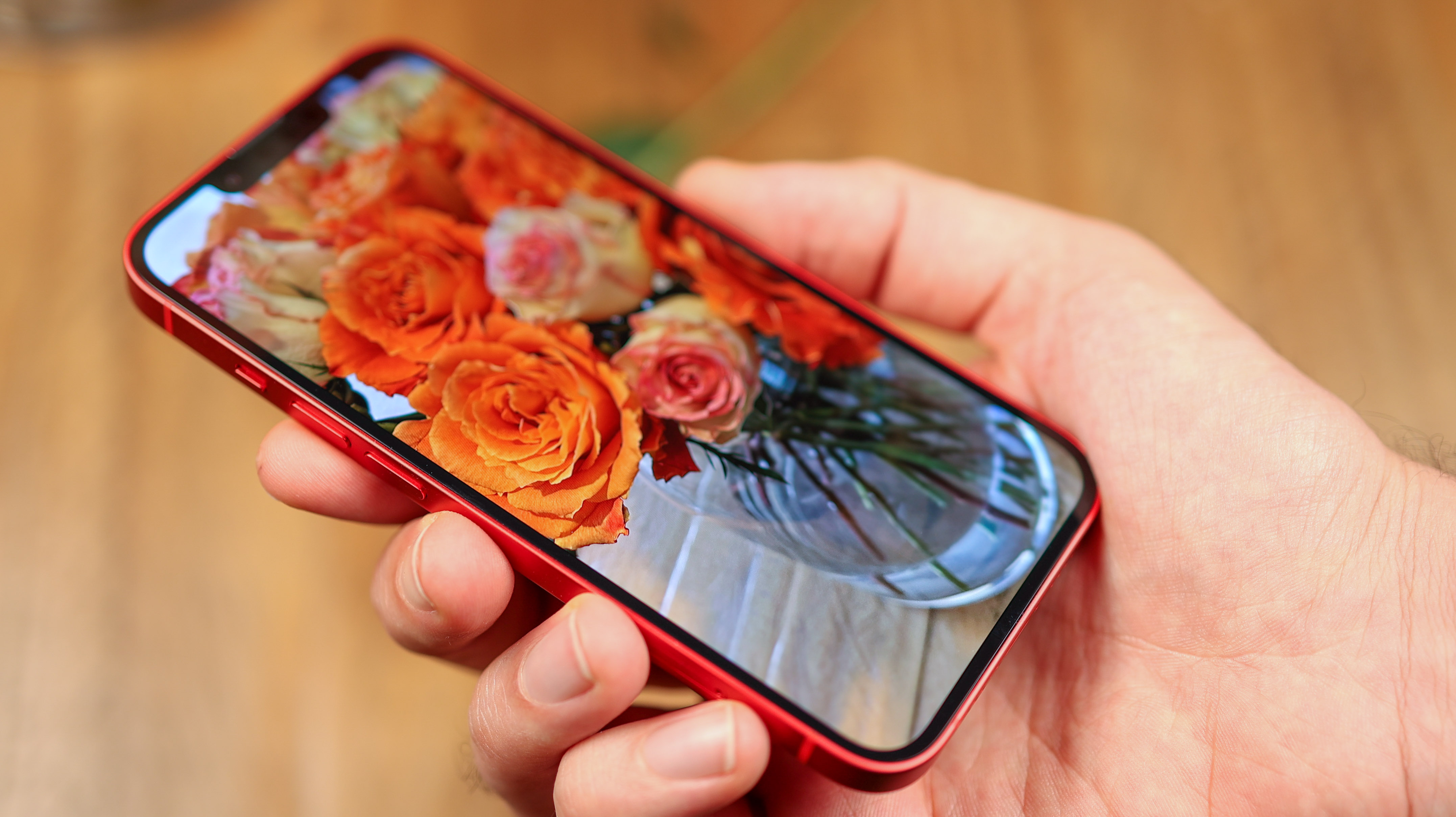
As unexciting as the iPhone 14 is, though, if you pick it up on the right contract (we're already seeing improved contract deals for them, only a few months after launch), or at the right price, you should be happy with it. From its bright, sharp screen to its premium design, capable camera and day-long battery, while it's best-in-class at nothing, it's at least good at everything.
Read more:

Thank you for reading 5 articles this month* Join now for unlimited access
Enjoy your first month for just £1 / $1 / €1
*Read 5 free articles per month without a subscription

Join now for unlimited access
Try first month for just £1 / $1 / €1
out of 10
If you're an Apple fan who's upgrading from an iPhone X or 11, the Apple iPhone 14 could be a smart choice, but if you have the more recent iPhone 12 or 13, you probably won't want to upgrade just yet. After all, the 14's main spec bumps won't be noticeable for most, even if it does deliver a reliably good experience, ample power, and a capable camera system.

Basil is a trained graphic designer and photography expert who geeks out over anything to do with digital imaging and sketching. Now a tech journalist and content director at a creative comms agency, he covers tech through a real-world lens, contributing to titles including Creative Bloq, Digital Camera World, Metro, T3, TechRadar and WIRED.
